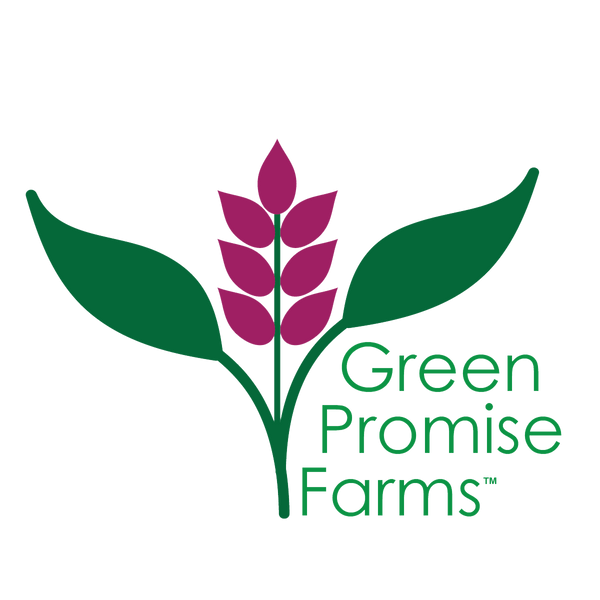We are proud to carry American Beauties Native Plants® and hope you’ll join us in restoring natives to our area!
Read this article below from American Beauties to learn why natives are so important and how you can help change the world!
What Does it Mean if a Plant is Native?
When we refer to native plants, we’re talking about trees, shrubs, flowers, grasses, and mosses that naturally occur in your region. These plants have adapted over centuries to thrive in the natural conditions where you are. As these plants have adapted over time, the surrounding plants and animals also adapt to rely on them for food, shelter, and nesting grounds.
The Swamp White Oak, for instance, is a species of native tree that serves an incredible array of purposes. In the spring, caterpillars feast on the leaves while the flowers attract pollinators like bees and butterflies.
This, in turn, attracts hungry insect-eating birds. Those flowers then mature into acorns, which provide an important source of food for birds and mammals in the fall. Throughout the year, the thick bark and tall, sturdy branches provide shelter and nesting material for hundreds of species.
How Does Planting Native Plants Help the Environment?
North America is an enormous landmass with many different regions, each with its own distinct native plants. However, while the plants you’ll see in the deserts of New Mexico are very different from those that grow in the Midwestern plains, every single one of our regions is connected through the amazing biodiversity of our native plants and animals.

Take the Monarch butterfly, for instance. The sole food source of caterpillars of the Monarch butterfly is Milkweed, a flowering native plant that grows abundantly in Canada and the northern United States. In adulthood, the Monarchs must overwinter in Eucalyptus and Oyamel Fir trees, which are native to regions of California and Mexico—as far as 2,500 miles away!
As the butterflies embark on this extreme journey, they pass through hundreds of ecosystems, stopping along the way to rest, sip nectar, and pass pollen from flower to flower. Then, in the spring, the monarchs start the whole journey in reverse to lay their eggs where the Milkweed grows.
When you look at the lifecycle of this single butterfly species, you can see how native plant populations in the north are closely linked to those that thrive in the south, and each one in between. A lack of Milkweed in the north or a lack of Eucalyptus and Oyamel Fir in the south can directly impact all the plants that span the distance between them.

More Reasons to Plant Native Plants
While the benefits of native plants to the environment are many, there’s also a long list of benefits to you as a gardener and homeowner! Here are just a few of them:
- They’re Low-Maintenance: Native plants have spent centuries adapting to the land, so you’ll hardly need to worry about watering, pest control, fertilizing, or expensive soil amendments.
- They’re Reliable: The native plants in your region are fully adapted to your climate, so they’ll look strong and healthy in your landscape year after year.
- They Bring Great Company: Native plants are popular with local birds and beneficial insects, so your garden is sure to get plenty of visits from these welcome guests!
- They’re Cost-Effective: Not only are native plants affordable to buy, but they also naturalize easily in your landscape and are capable of quickly filling larger empty spaces.
- They’re Simply Stunning!: There’s so much beauty to be found in nature, and native plants show it all off with endless colors, textures, aromas, and even flavors for you to discover.
Planting native plants in your yard is a win-win-win for you, your landscape, and the planet. The world outside your front door is filled with incredible species you may not have even seen yet, so get out there and explore what your region has to offer!

